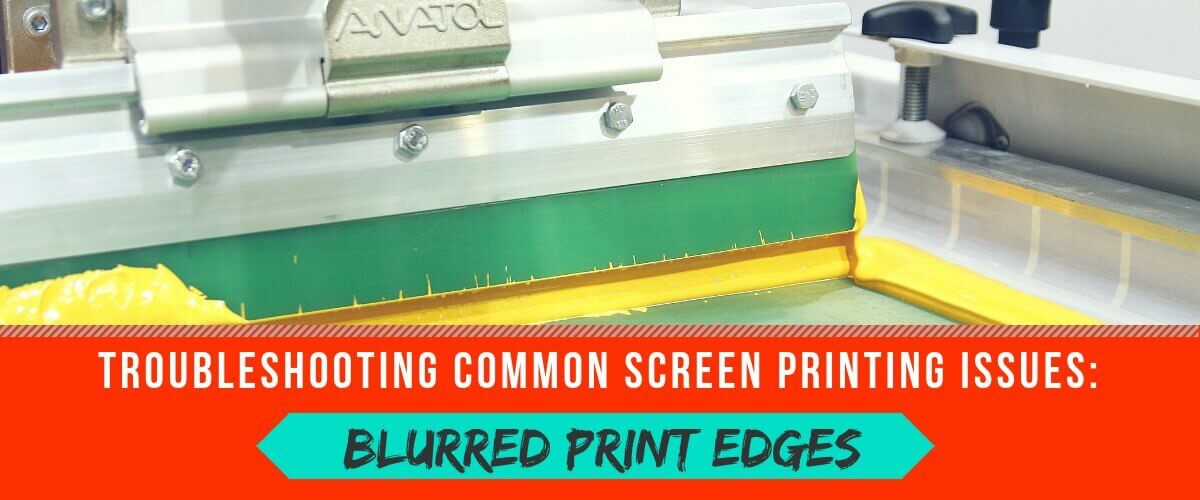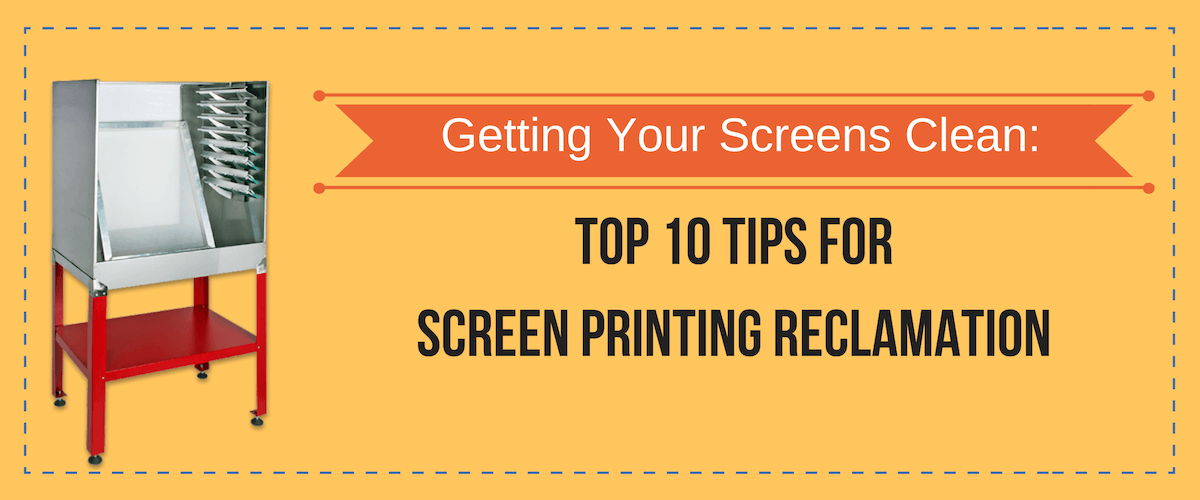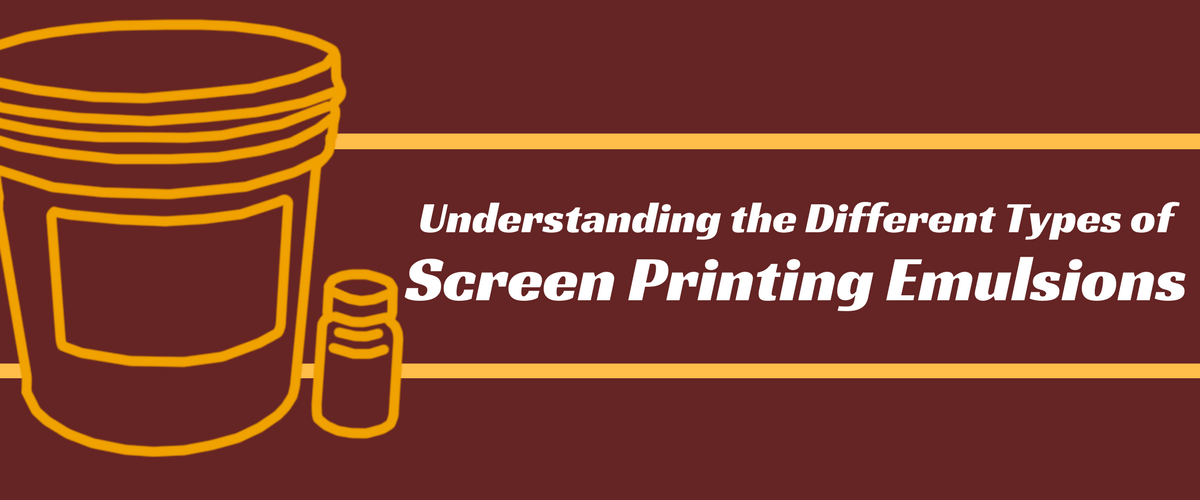No products in the cart.
en

Revolutionizing the screen printing industry through cutting-edge technology and quality service
Phone: +1 847-367-9760
Anatol Equipment Manufacturing Co.
1429 S Shields Dr
Waukegan, IL 60085

Revolutionizing the screen printing industry through cutting-edge technology and quality service
Anatol Equipment Manufacturing Co.
1429 S Shields Dr
Waukegan, IL 60085

Problems with your screen printing emulsion can be especially frustrating: You can’t turn out a good print if you have any problems with your screen’s emulsion or exposure. In a previous blog, we covered some common exposure problems and how to troubleshoot them. If you are still struggling to create, expose and reclaim screens, here are […]
Read more
How much ink you lay down on your screen prints will depend on your individual print job and your substrate. Too much ink on your substrate can lead to prints that bleed beyond the stencil edge, soak through the substrate or fail to cure completely. Too little ink can make the print too light, affect […]
Read more
Mastering screen printing doesn’t mean turning out perfect screen prints every time. It does mean knowing what to do when prints don’t turn out quite the way you want them to. One common problem to troubleshoot is an uneven ink edge. When something is off in your screen printing process, the edges of your ink […]
Read more
Reclaiming screens is an essential task in any screen printing shop, and the success of future prints depends on your ability to reclaim screens the right way. When screen reclamation isn’t done right, you can face pinholes, premature breakdown of stencils or a shortened lifespan of your screens. In our experience, nearly any screen printing […]
Read more
For most screen printers, liquid emulsion is the preferred tool for coating screens to make stencils. There is an alternative that’s often overlooked and undervalued: capillary film. Capillary films are sheets of hardened emulsion on a polyester backing. The emulsion side of the film is applied directly to a wetted mesh screen. The emulsion forms a firm bond with the mesh as it dries, and the backing is peeled away. From there, the printer can expose a stencil much as they would a screen coated with liquid emulsion.
Read more
A quality screen print requires a quality stencil. That means using the right screen printing emulsion for your job. So what types of screen printing emulsions are there? How are they different? How do you determine which type of emulsion to use?
Read moreYour message was successfully sent!